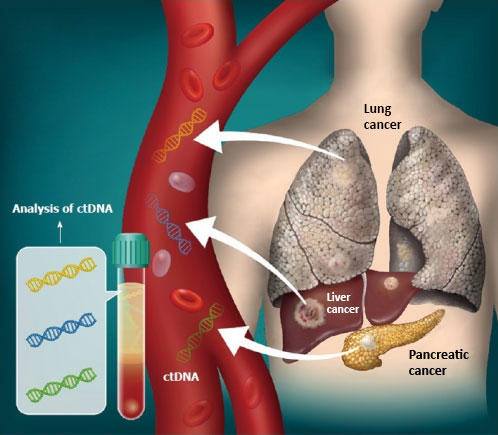Kyoto, Japan -- In 1978, cane toads, which are native to South and Central America, were introduced for pest control to Ishigaki island in Okinawa prefecture in Japan. These poisonous toads secrete deadly toxins, killing enough of the predators in their new territories that they have been designated an invasive species.
However, one predator on Ishigaki has proven resistant to the cane toads' poison. The crested serpent eagle, common across Asia but considered critically endangered in Japan where only about 200 individuals reside, has been observed feeding on the toads on the island without showing signs of poisoning.
This inspired a team of researchers at Kyoto University to investigate the crested serpent eagle's potential toxin resistance to the cane toad's toxins. Several species that prey on toxin-secreting animals exhibit genetic resistance, particularly in a gene known as ATP1A. These previous findings prompted the team to investigate whether the crested serpent eagle also possesses this genetic resistance, and to explore the evolutionary background of this trait.
"I was deeply fascinated by how the crested serpent eagle has managed to adapt to a toxic invasive species, and this project offered an opportunity to uncover new insights in both evolutionary and conservation biology," says first author Alisa Tobe.
The research team collected blood and muscle samples from crested serpent eagles on Iriomote and Ishigaki islands, the only places in Japan they inhabit. They then extracted DNA from these samples and analyzed the ATP1A gene sequence, which they compared to gene sequences from a subspecies of the crested serpent eagle inhabiting Simeulue Island in Indonesia, as well as those from eight other species of raptors.
They discovered that the eagle possesses the same amino acid sequence in a key gene as the Siamese red-necked keelback snake, which is known to be resistant to the cane toad's toxins. Moreover, they found that the crested serpent eagle is the only raptor possessing this gene sequence among surveyed species, suggesting that this species has uniquely evolved toxin resistance.
This is the first study to identify the evolution of toxin resistance in raptor species, and the researchers were surprised to find that the crested serpent eagle has likely maintained a gene mutation associated with toxin resistance across its evolutionary history.
"It is fascinating to consider how its ancestors might have acquired this mutation in the first place," says Tobe.
However, several questions remain unanswered. The potential long-term effects of the cane toad's toxins on the eagles as well as the incorporation of the cane toad into the local food web are particularly concerning to the researchers.
In the future, the research team plans to conduct a detailed study on the current diet of the eagles on Ishigaki island to clarify how often they consume cane toads, and what ecological role the toads now play in the island's food web.






